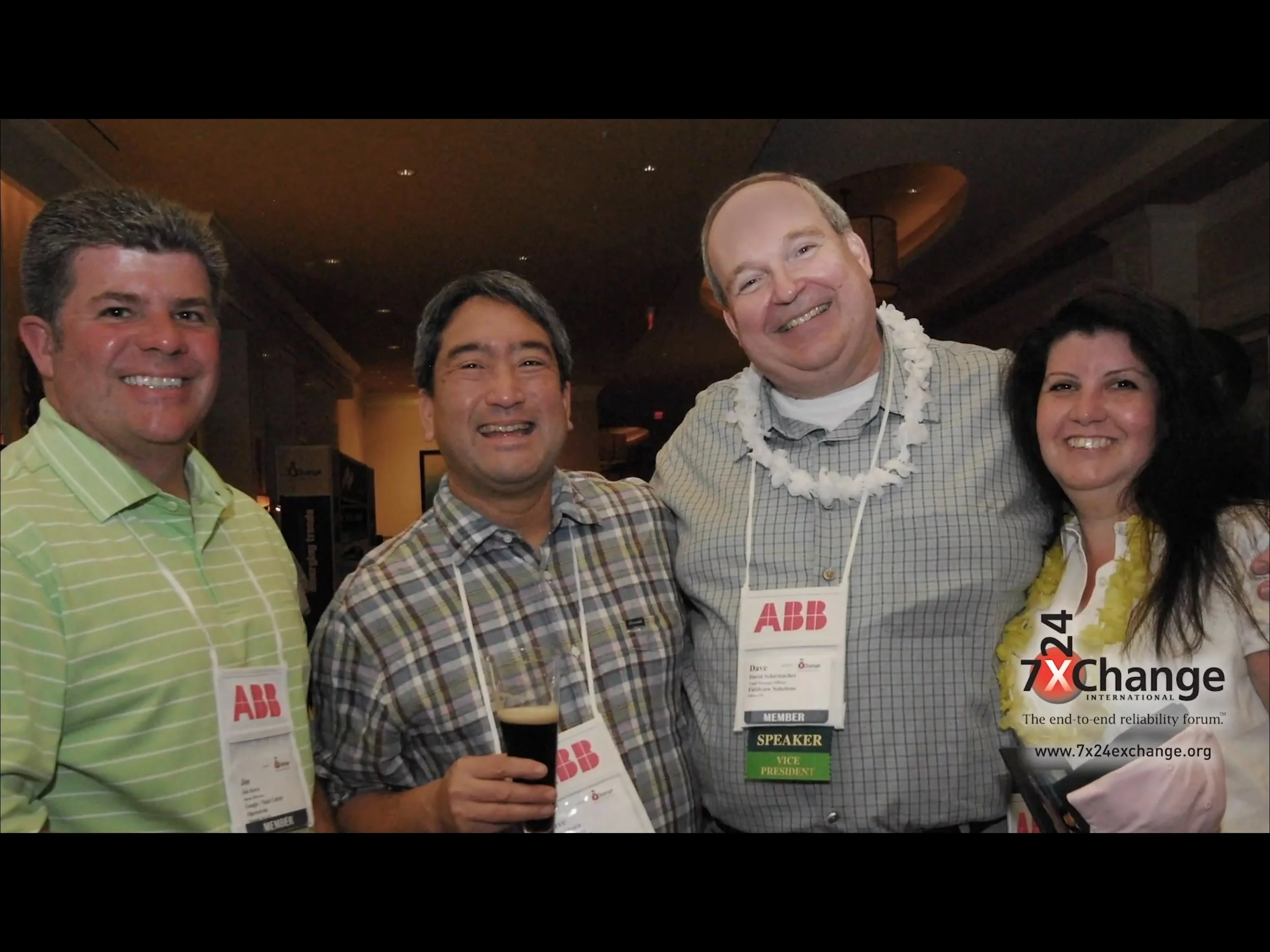My friend Stacey Higginbotham focuses on IOT and she has a post on Construction is the next big target for AI and IOT.
The construction industry is ripe for some innovation, or disruption, or whatever else you want to call it. As I’ve written before, there are a host of factors that make the industry tough to automate, starting with the individual nature of each building site and ending with the 20-30 different trades involved in getting a building from foundation to finish-out.
I have been working on ways to apply information technology for the past 10 years and the obstacles are many and hidden from most. It is not just about technology. The people and culture influence perceptions and the ability to adapt the change. All too often what people want that they do not say is they want the benefits of the new technology, but do not want to make any changes in what they do.
AI is disruptive as computers are augmenting or replacing the human decision process.
IOT means things that were disconnected are now connected. This sounds great, but few think about the information architecture, storage systems, security issues for IOT devices. And networks.
2 years ago I updated Stacey on the insights we have figured out and the ways to address the opportunity.
The one thing I have learned and accept is it is a slow process to introduce things like AI and IOT. They are simply tools in the overall system that needs to support a new business model. Inject AI and IOT into old business models will almost guarantee failure or limited progress.
One of these days Stacey and I will connect and discuss more. What is convenient is we are now separated by 30 miles and a ferry ride across the Puget Sound.
If you want to keep up to speed on IOT and Stacey’s podcast with her and Kevin Tofel. Note: I had the pleasure of working with Stacey and Kevin when we were all with GigaOm.

